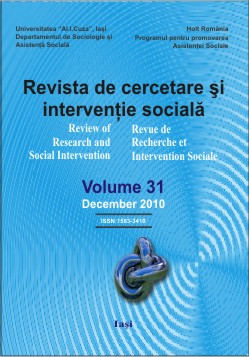Assessment of knowledge on prevention of dental caries in a group of children from disadvantaged families in Romania
Assessment of knowledge on prevention of dental caries in a group of children from disadvantaged families in Romania
Author(s): Diana Marza, Mona Ionas, Mariana SabăuSubject(s): Social Sciences
Published by: Editura Lumen, Asociatia Lumen
Keywords: Prophylaxis of dental caries; disadvantaged family environment; questionnaire.
Summary/Abstract: The purpose of the paper is the identification of knowledge regarding the prophylaxis of dental caries in a group of children coming from disadvantaged backgrounds. A number of 86 children coming from disadvantaged environments were assessed, registered in SOS Children’s Villages Association of Romania - Counseling and Support Centre for Children and Parents of Cisn\die, who received questionnaires applied for this study purpose. Daily brushing requirement is known by a rate of 89.5% children included in the study, 96% of children knowing that they should have their own toothbrush. The toothbrush change frequency is known by 68.6% of study participants. When asked about the technique of brushing, the response rate was only 52.3%, there is a large number of questionnaires that had not marked any answer to this question. The role of auxiliary dental hygiene means is known in the proportion of 79.1% for mouthwash, and 50% for the dental floss. There is a significant difference between flossing and mouthwash (<0,001%), the concepts being known therefore differently. Carioprophylactic nutrition has been recognized by 89,5% of study participants. Most children do not know or they are not enrolled in a program of sealing or fluorization (94,2%). There is a significant difference between the procedures of sealing and fluorization. (<0,001%). A continuing medical education is required for all children, but further efforts should be made to improve the educational level of children from disadvantaged backgrounds.
Journal: Revista de Cercetare şi Intervenţie Socială
- Issue Year: 2010
- Issue No: 31
- Page Range: 35-44
- Page Count: 10
- Language: English
- Content File-PDF

